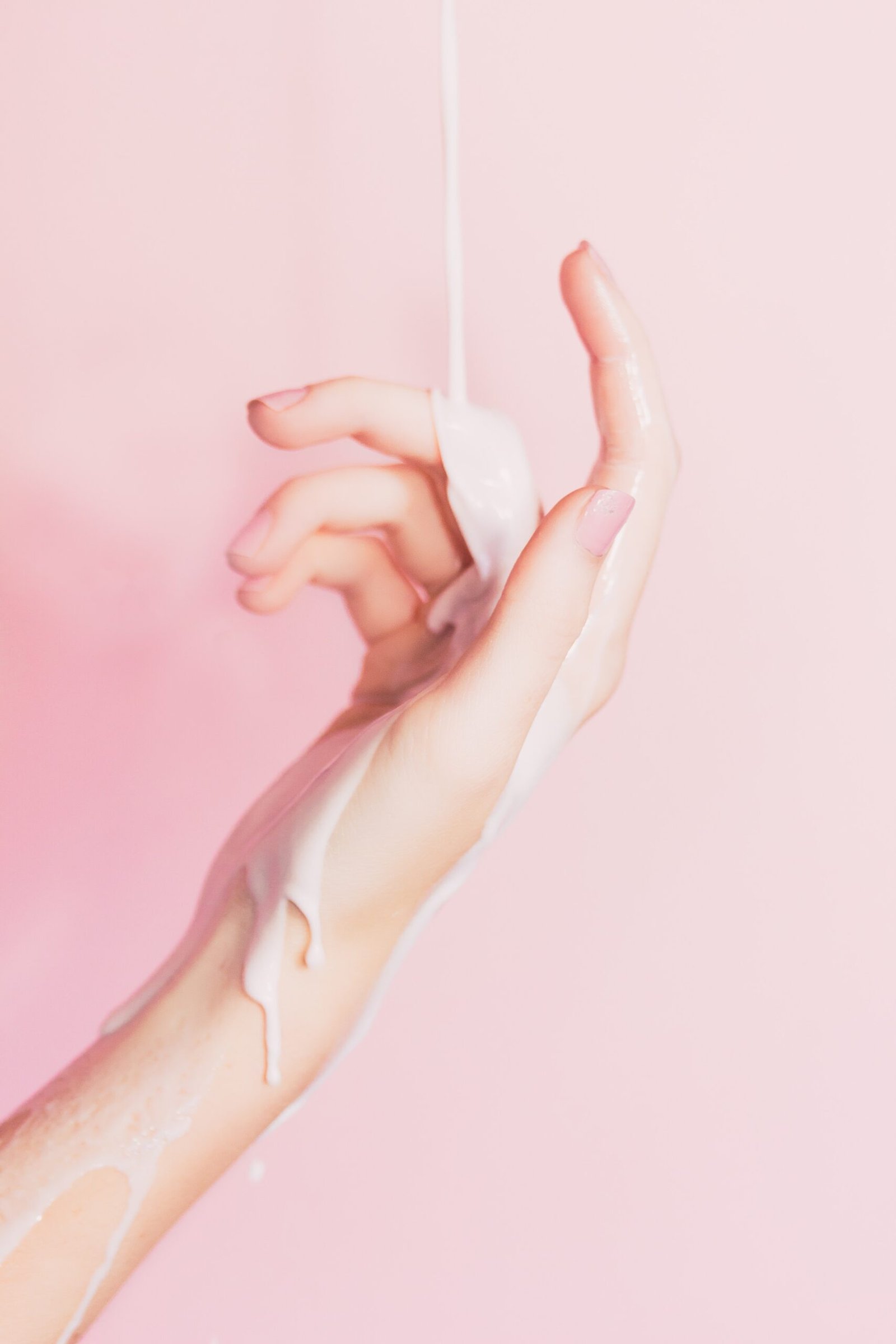U.S. FDA Moves to Ban Certain Artificial Food Dyes
FDA Announces Sweeping Regulatory Changes
The U.S. Food and Drug Administration (FDA) has announced plans to ban several commonly used artificial food dyes, citing growing health concerns. The move comes after years of advocacy by scientists and public health groups demanding stricter regulations on food additives.
Health Risks Prompt Action
The FDA’s decision follows a series of studies linking certain artificial dyes to behavioral issues in children, including hyperactivity and attention deficit disorders. Other research has suggested potential links to allergic reactions and even increased cancer risks in laboratory settings.
Specific Dyes Targeted by Ban
Among the dyes facing prohibition are Red 3, Yellow 5, Yellow 6, and Blue 1—widely used in candies, beverages, cereals, and snack foods. These colorants have long been a staple in processed foods, enhancing visual appeal but raising persistent health questions.
Timeline for Implementation
The FDA plans to phase out the use of the targeted dyes over the next two years. Manufacturers will be given time to reformulate products, identify alternative ingredients, and update labeling in compliance with the new guidelines.
Impact on Food and Beverage Industry
The ban is expected to have significant ramifications for the food and beverage industry. Major companies that rely heavily on vibrant packaging and colorful products will need to find natural dye alternatives, many of which are more expensive and less stable.
Consumer Advocates Celebrate Decision
Public health organizations and consumer advocacy groups have applauded the FDA’s announcement. Groups like the Center for Science in the Public Interest (CSPI) have long campaigned for the removal of synthetic dyes from the U.S. food supply, citing European regulations as a model.
Natural Alternatives Gain Popularity
With artificial dyes falling out of favor, many companies are turning to natural alternatives derived from sources like turmeric, beet juice, paprika, and spirulina. Though more costly and sometimes less vivid, these options are increasingly preferred by health-conscious consumers.
Potential Price Increases for Consumers
Industry experts warn that the shift away from artificial dyes could lead to higher production costs, which may ultimately be passed on to consumers. Reformulating recipes and sourcing natural ingredients could increase retail prices on a variety of packaged goods.
Pushback from Industry Groups
Some industry organizations have expressed concern about the scientific basis for the ban, arguing that approved dyes have been deemed safe at regulated levels. They caution that hasty regulatory changes could disrupt supply chains and hurt small businesses disproportionately.
International Comparisons Highlight Regulatory Gaps
The U.S. has historically lagged behind Europe in regulating artificial dyes. In the European Union, several synthetic colorants require warning labels or are banned outright. FDA officials acknowledged these differences and cited new scientific evidence supporting stricter action.
Labeling Requirements to Be Updated
In addition to banning specific dyes, the FDA plans to strengthen labeling requirements to improve transparency. Future labels must clearly disclose the use of any color additives, making it easier for consumers to make informed choices.
Public Awareness Campaigns to Follow
The FDA will also launch public education campaigns to inform consumers about the changes and promote healthier eating habits. These campaigns aim to reduce confusion and help parents and caregivers identify safer food options for children.
Schools and Institutions Expected to Adapt
Schools, hospitals, and other public institutions that offer food services will also be affected by the new regulations. Procurement guidelines will need to be updated to comply with restrictions on foods containing banned artificial dyes.
A Broader Shift Toward Clean Labeling
The FDA’s decision reflects a broader trend in the food industry toward “clean labeling”—the removal of artificial ingredients, preservatives, and additives in favor of simpler, more natural formulations. Consumer demand for transparency continues to shape product development strategies.
Conclusion: A Milestone in Food Safety Advocacy
The FDA’s move to ban certain artificial food dyes marks a significant step forward in protecting public health. While challenges remain for industry players, the decision aligns with growing scientific consensus and consumer preferences for safer, more natural food choices. The coming years will reveal how effectively businesses, institutions, and consumers adapt to this new regulatory landscape.










